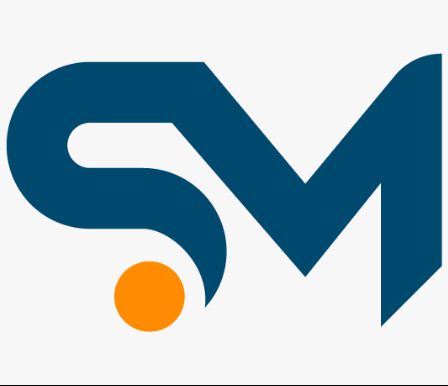Workflow management rules are at the heart of your workflow. You can automate repetitive tasks, anticipate bottlenecks and simplify tasks with the appropriate tools. Even the most well-planned plans can be ruined by unexpected events or errors by employees. A workflow management system can alert you to trouble spots before they become complete problems and help prevent lasting damage by resolving them quickly.
Depending on the level of your workflow’s complexity, there are many types. Sequential workflows consist of https://managingworkflow.org/2019/11/09/workflow-management-rules-and-tools/ a series of steps that must occur in order. Each step can’t start until the previous step is completed. State-machine workflows require input from multiple team members, and are often repeated until the job is completed. Rules-driven workflows follow a sequential structure but they also incorporate additional rules. These are usually designed as conditionsal statements like “if this then that”. Parallel workflows are designed to accomplish several tasks at one time.
Zoho’s Workflow application to create and set up rules to monitor and process any record based upon specified conditions. You can also send automated email notifications to the submitter and an approver of a record once the rule is activated. You can also make it automatic to update fields with a workflow rule.
If you’re building workflow rules at the record level, be sure that your approval and assignment procedures are set up properly to prevent conflicts in assignments. For instance, you may prefer to assign an approver for each incident record in accordance with their severity (e.g. High severity incidents as opposed to. low severity incidents). You can check whether there are conflicts between rules by looking at the log of workflow rules. This log is available in the event that you have Manage Workflow Rules or the wider system logs enabled.


